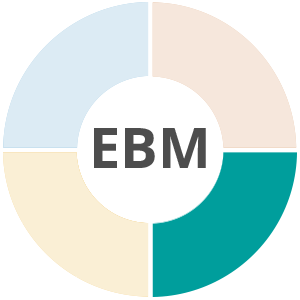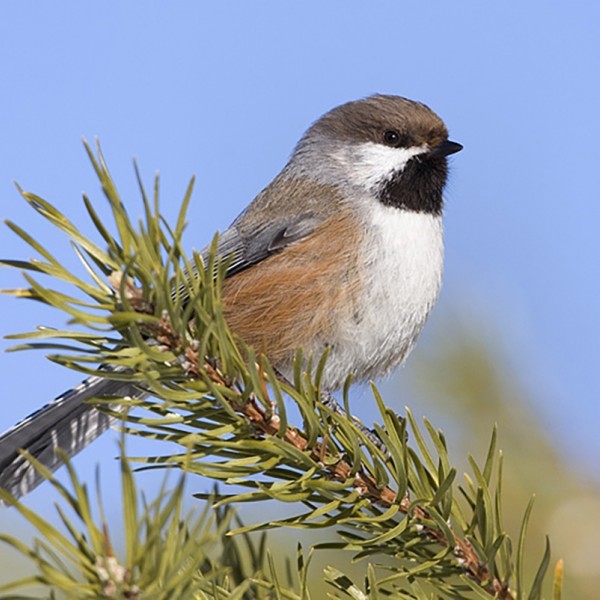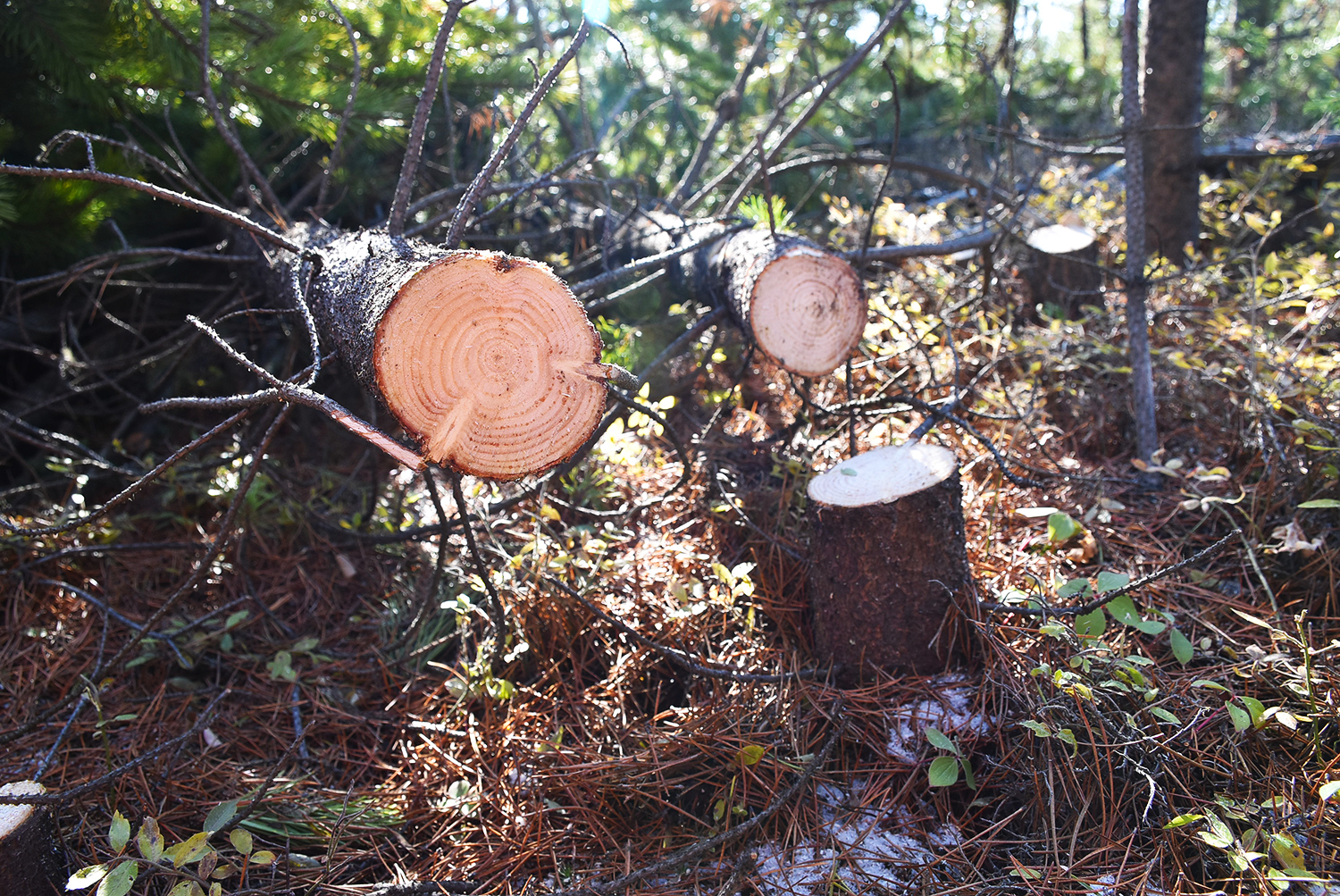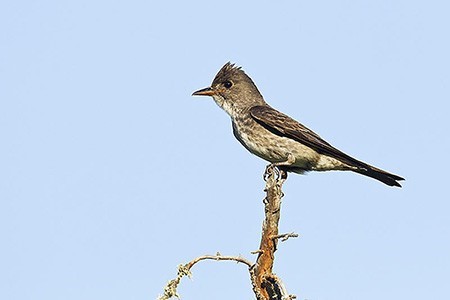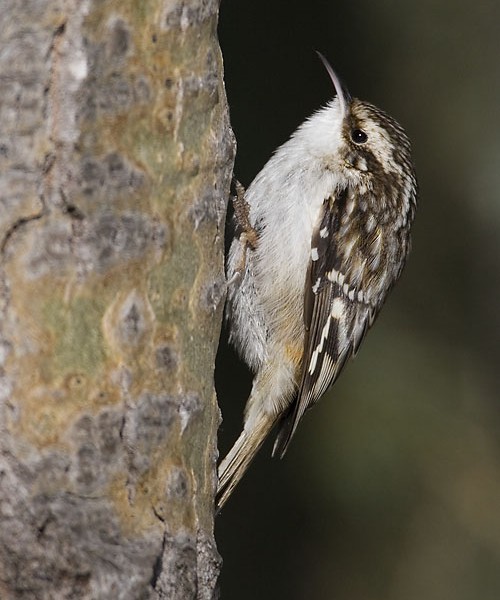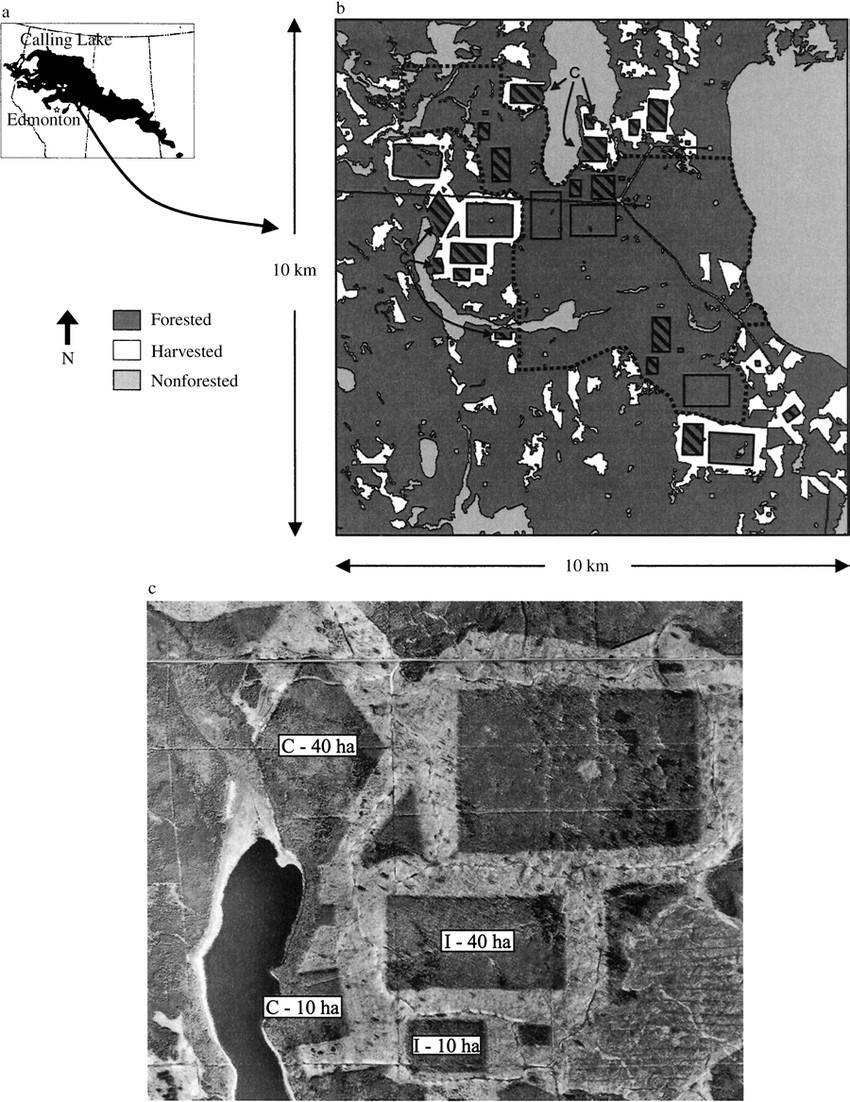Overview
In the early 1990s, there was international concern for forest fragmentation effects on wildlife; especially migratory birds. Alberta-Pacific Forest Industries Inc. (Al-Pac) was eager to learn how harvest patterns affected forest wildlife. So they teamed up with Fiona Schmiegelow, then a PhD candidate at the University of British Columbia, to design harvest areas to test how remnant patch size and isolation affected nesting birds. The study, begun in 1993, has been operating ever since with Al-Pac and now the University of Alberta under Dr. Erin Bayne. An incredible amount has been learned. Most recently (2018) they found that almost half of the species that are old forest (80 years old) specialists are already found in stands regenerating 20–30 years after disturbance!
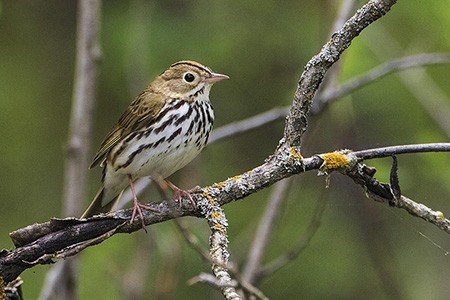
Photo credit: fRI Research Bird Habitat Conservation Toolkit
Background
Forest disturbance, whether by fire, insect or harvest, has consequences for biological communities. For birds, a recently disturbed forest is very different from one that has been growing, uninterrupted for decades. Some species are very picky about this, and others are not choosy at all. The key to maintaining a diverse bird community is to manage the forest for diverse ages (or times since disturbance) and maintain habitat connections among forest patches.
The Calling Lake Fragmentation study was designed to create conventional harvest blocks to explore how patch size and connectivity affected bird communities. It has amassed dozens of research findings that have made a valuable contribution to our understanding of disturbance, forest patch size, age and connectivity on habitat selection and bird abundance.
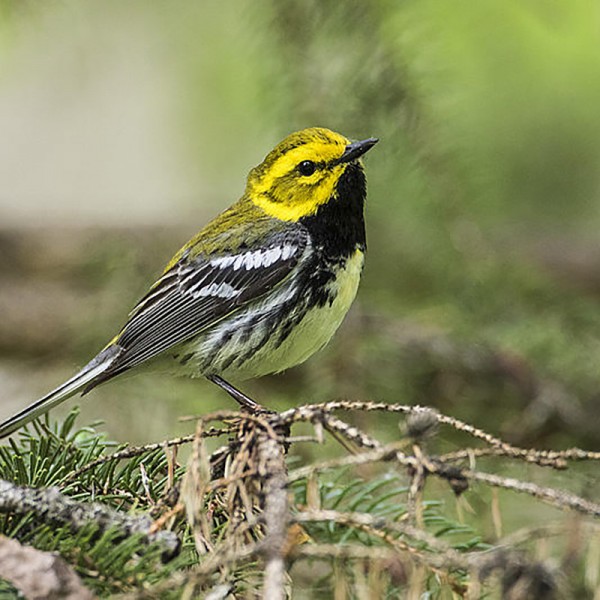
Photo credit: fRI Research Bird Habitat Conservation Toolkit
Innovation
Adaptive management includes designing forest harvests to allow us to learn about disturbance effects on ecosystems. This means, very much like EBM itself, that foresters include an experimental design at the earliest, planning stages. This was one of the most important achievements of the Calling Lake experiment. Bird biologists worked shoulder to shoulder with forestry planners to design harvest areas so that their location, size and shape taught us more about fragmentation effects on forest nesting birds. This use of adaptive management principles was, and continues to be, the true innovation of this study.
Photo Gallery
Discovery
So much has been learned about harvest and fragmentation effects on boreal breeding birds in this study that it is impossible to summarize it all here. However, the most recent studies have found that some bird species, those that are most dense in mature forests, start nesting in a harvested patch after 20–30 years of regrowth. This means that areas of older forest should always be part of the forest mix so that these bird species have a place to nest as nearby harvested patches regrow to a state where they are once again suitable.
Where in the wheel?
Managing whole ecosystems should create space for a diverse array of natural and human values. This is one of the basic ideas of EBM, called a “coarse-filter” approach: it asserts that using natural disturbance patterns to inspire timber harvest areas may also maintain biodiversity. Testing this assumption requires a blend of coarse- and fine-filter studies that measure the response of entire ecosystems and their parts to disturbances. The Calling Lake Fragmentation study tests these assumptions at a large scale and improves our understanding of bird diversity using EBM.
